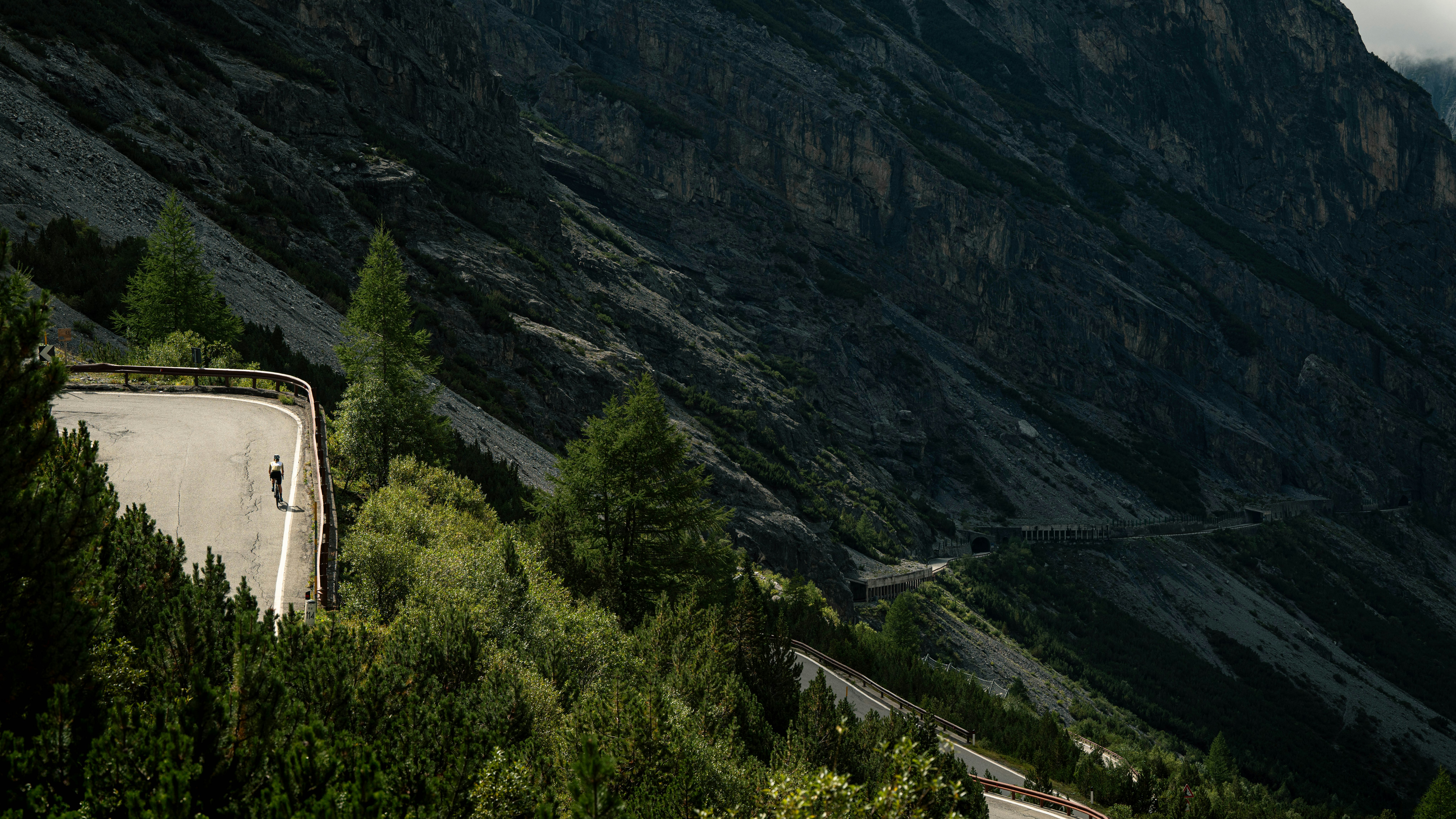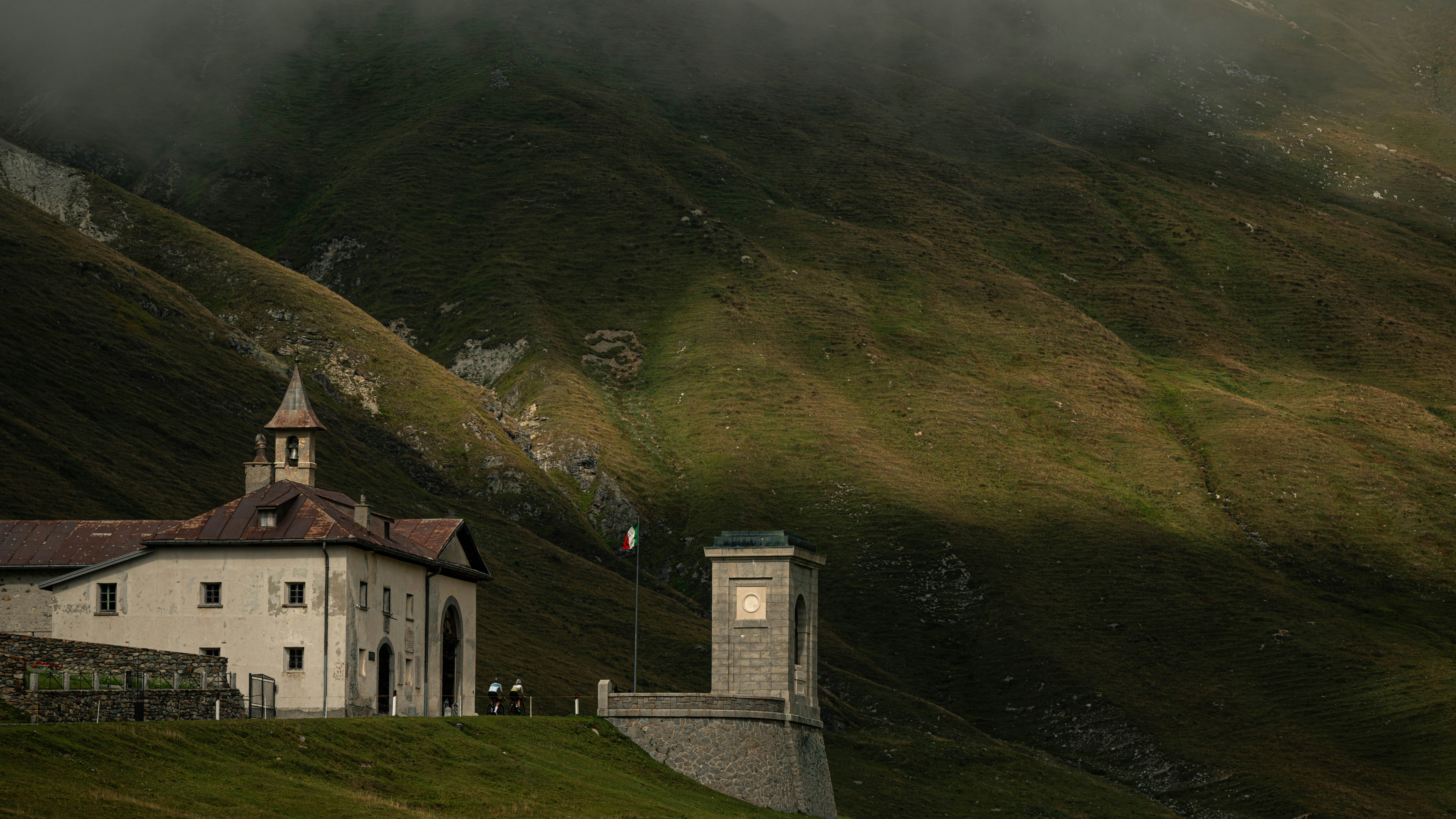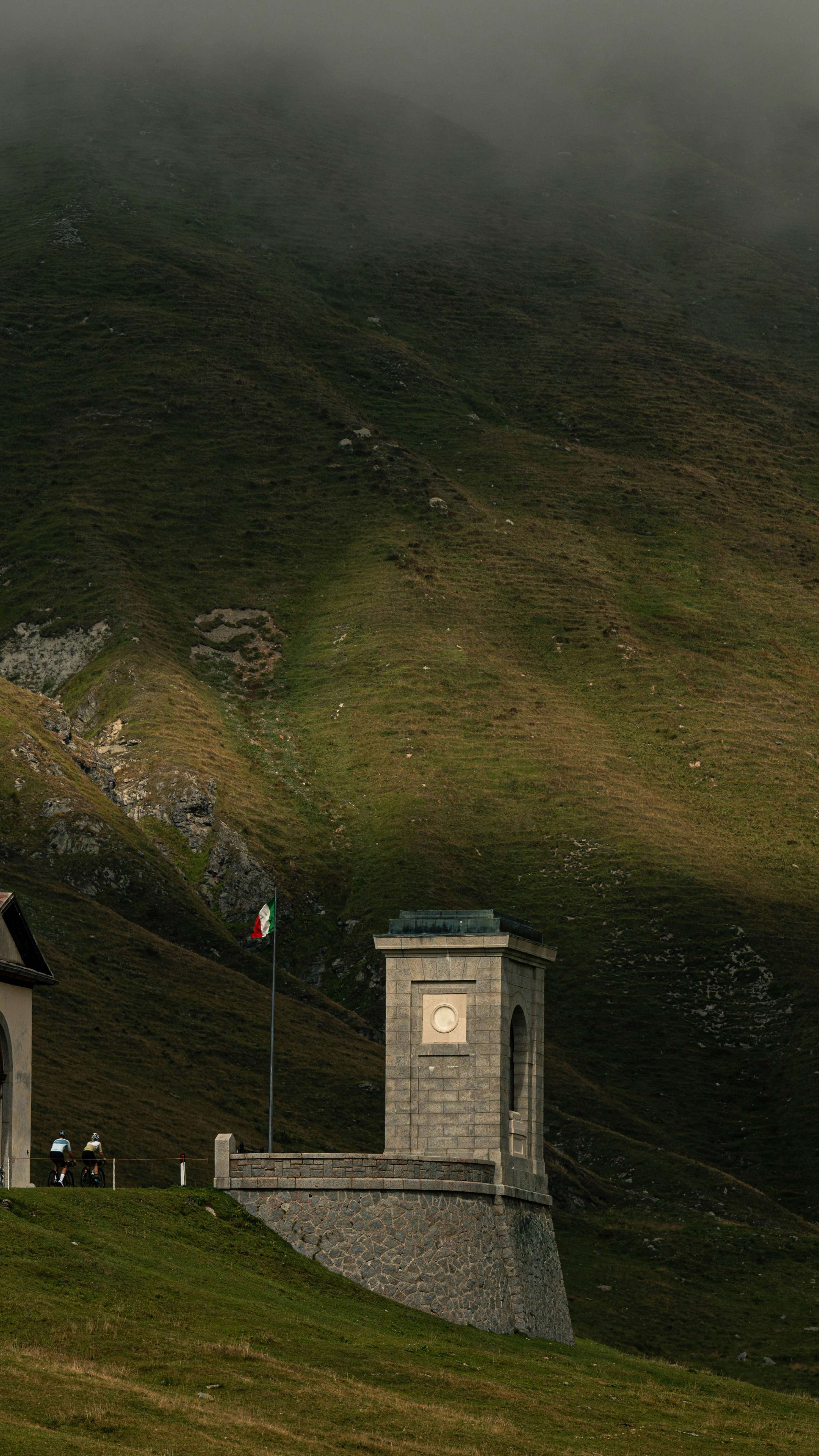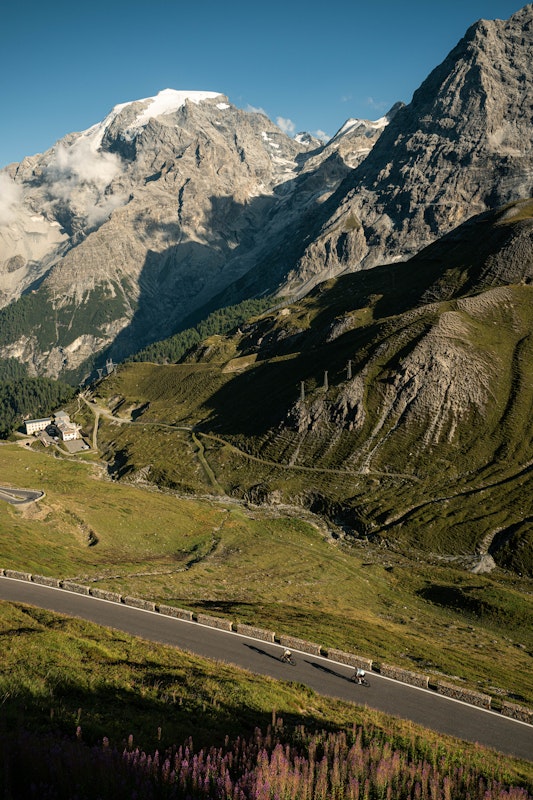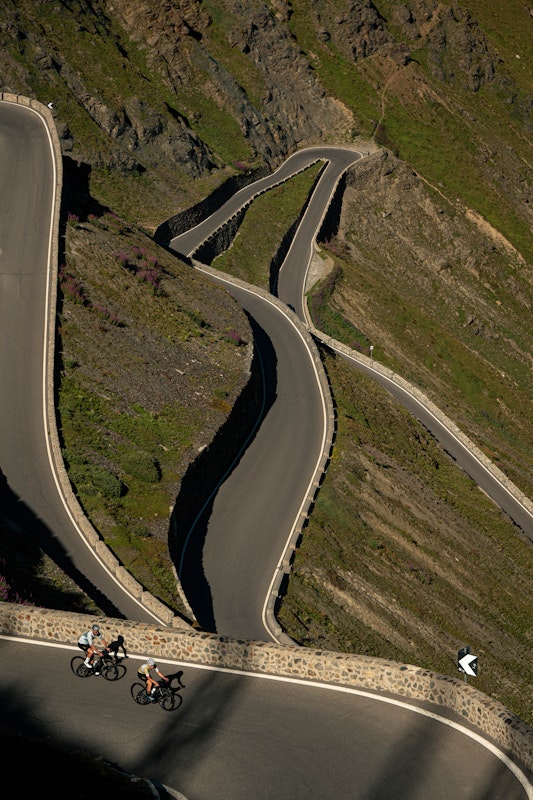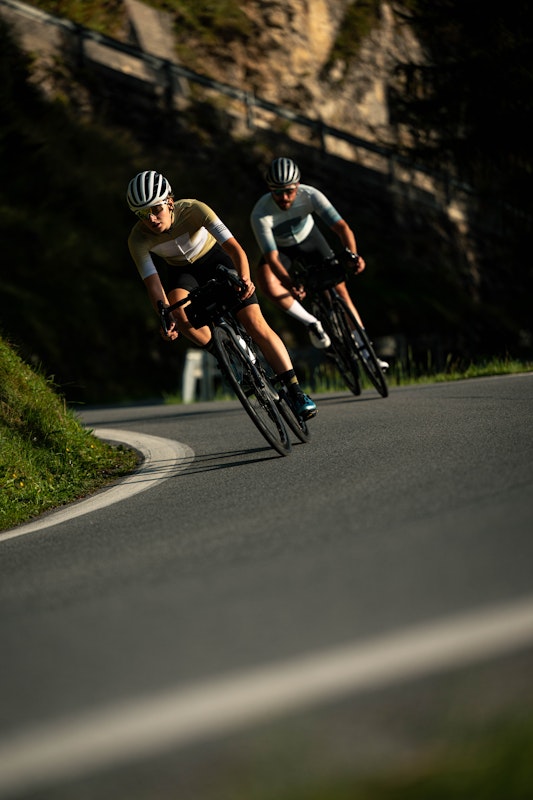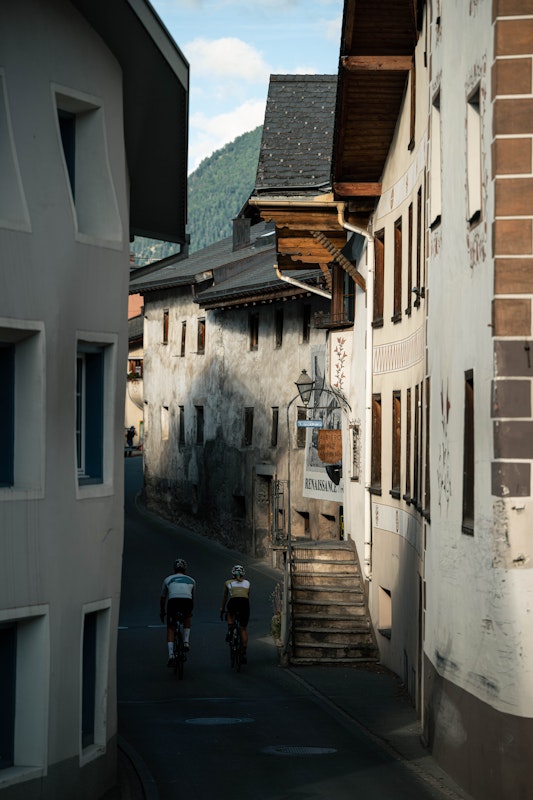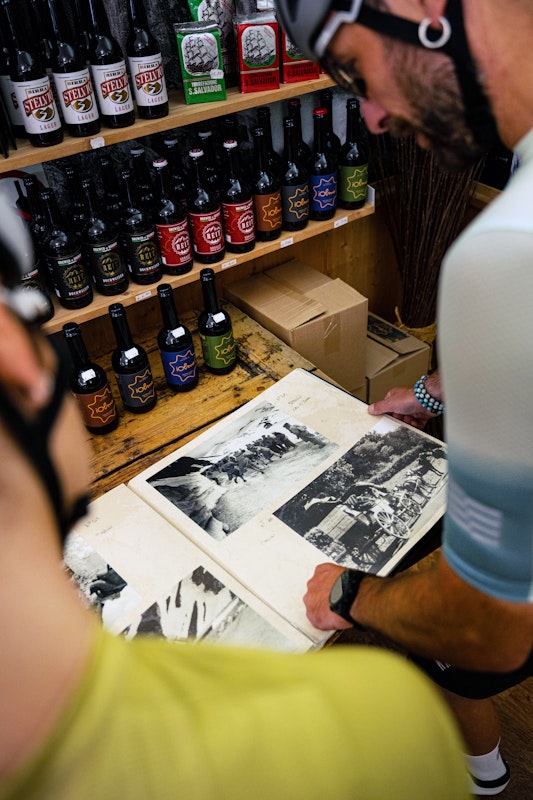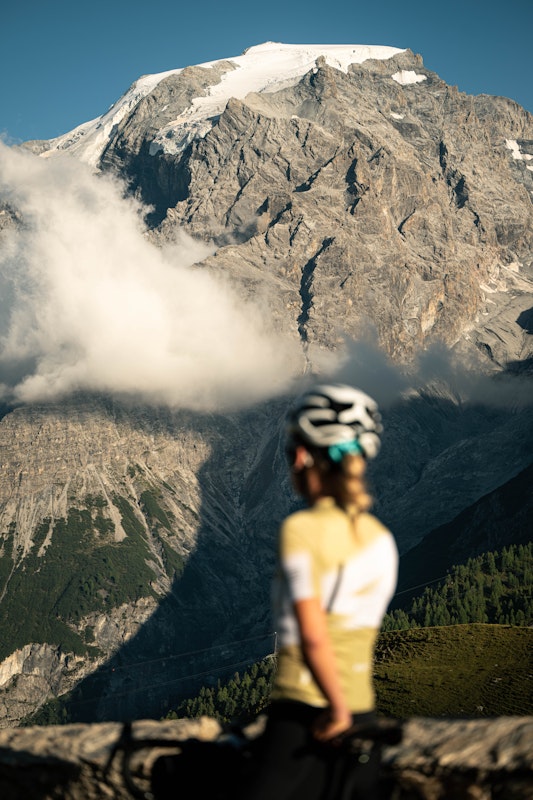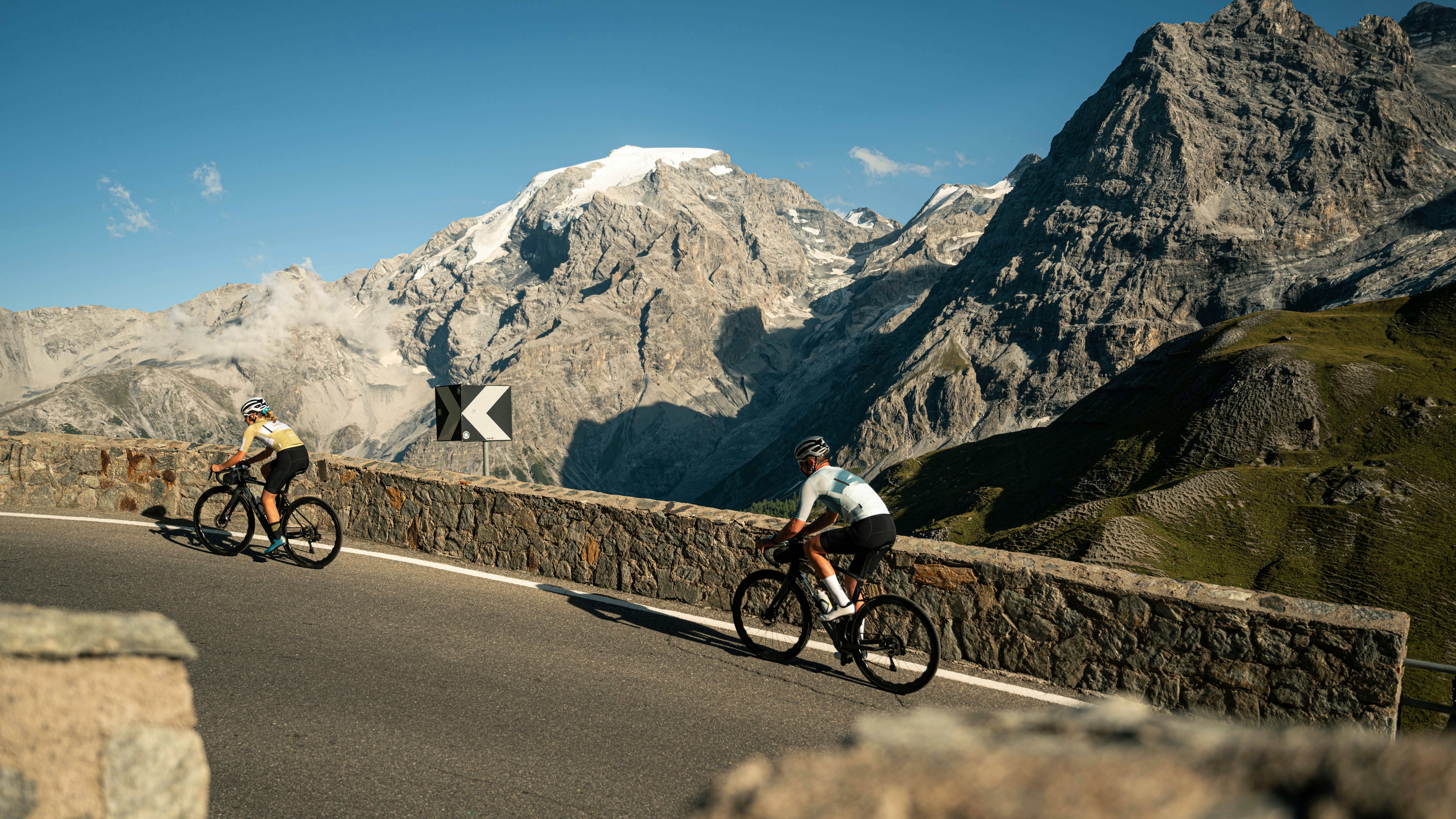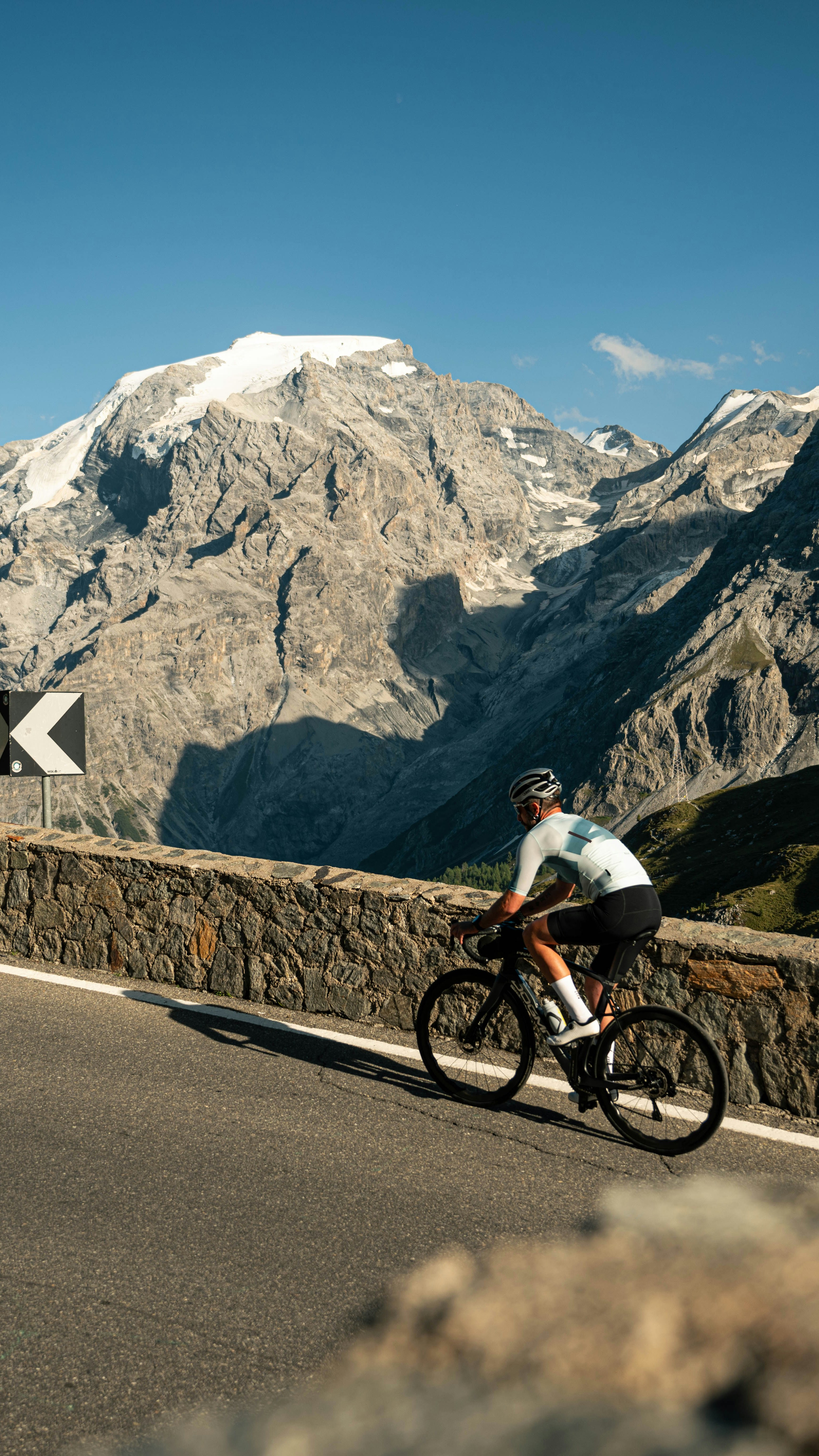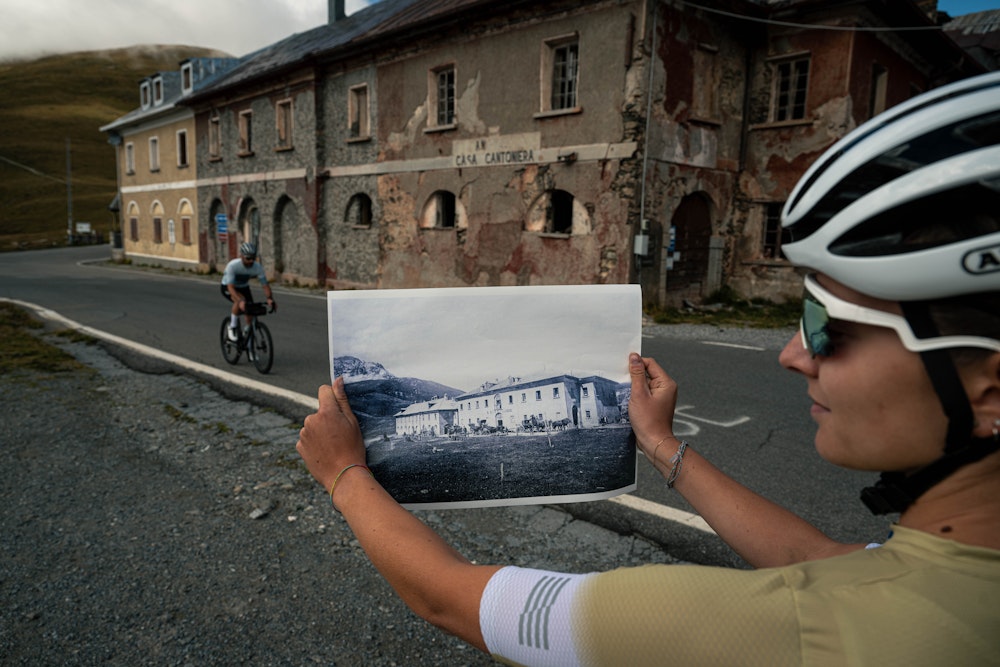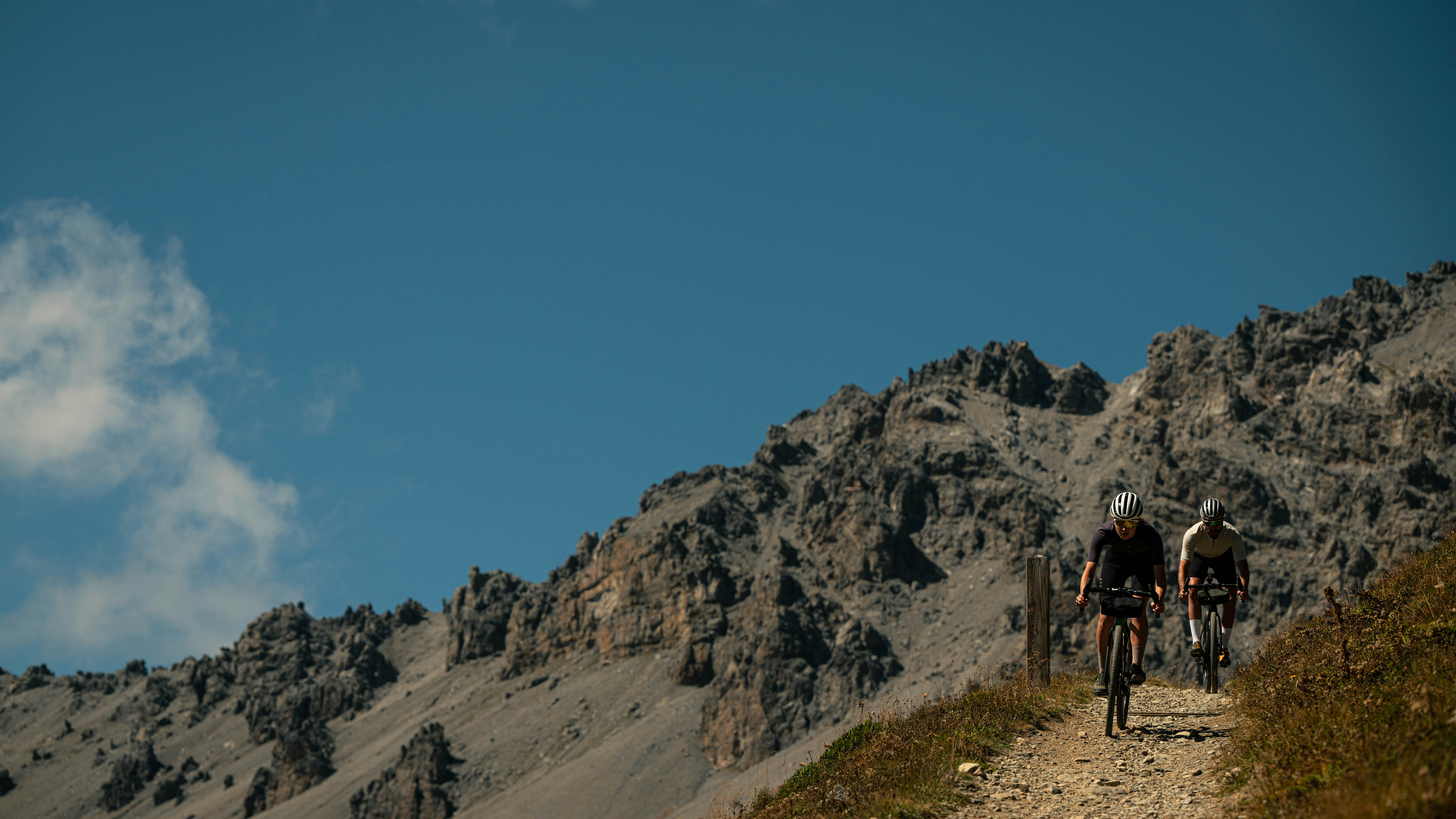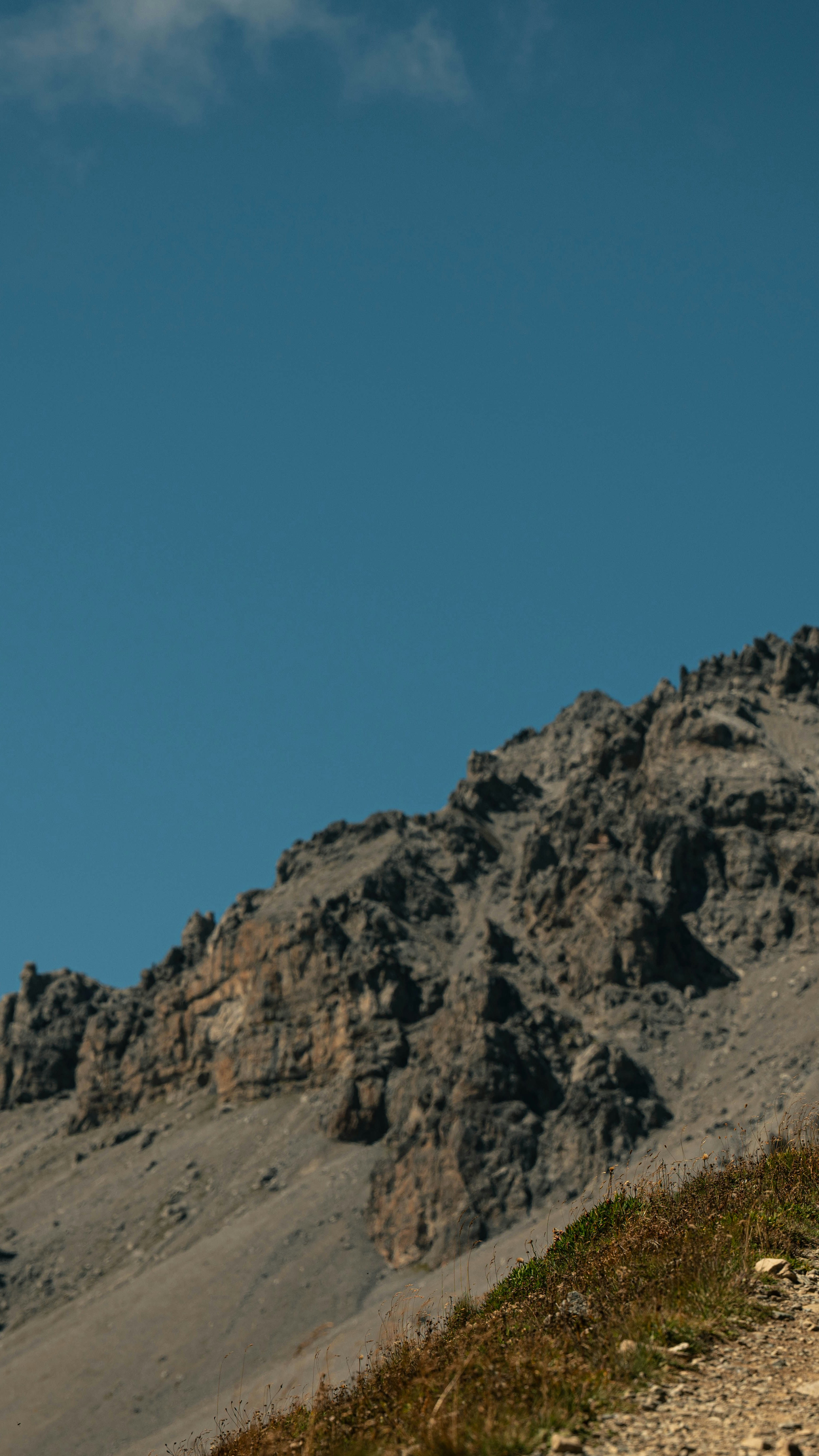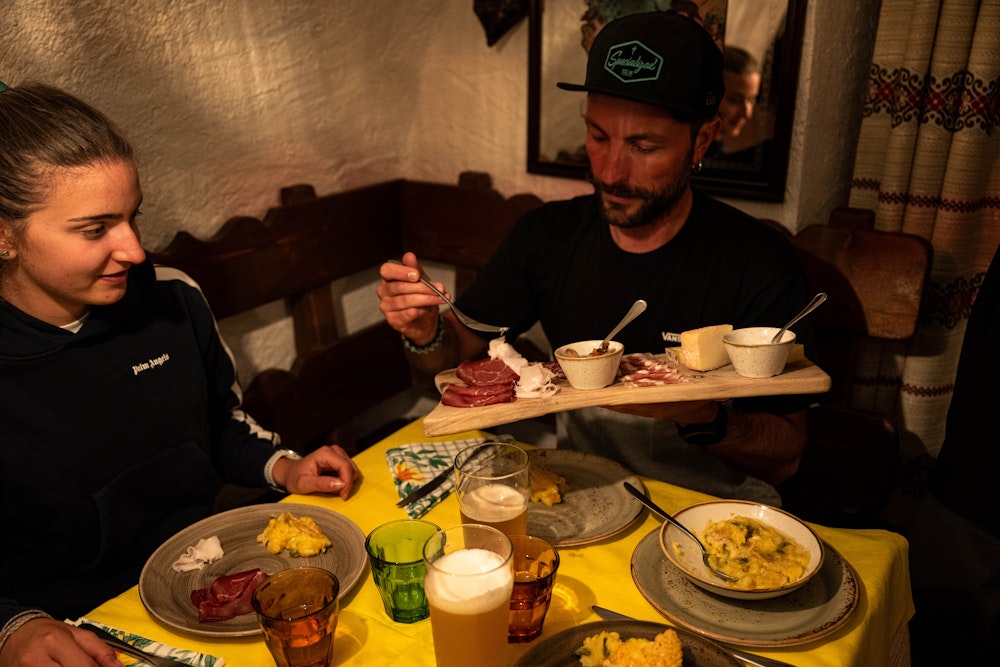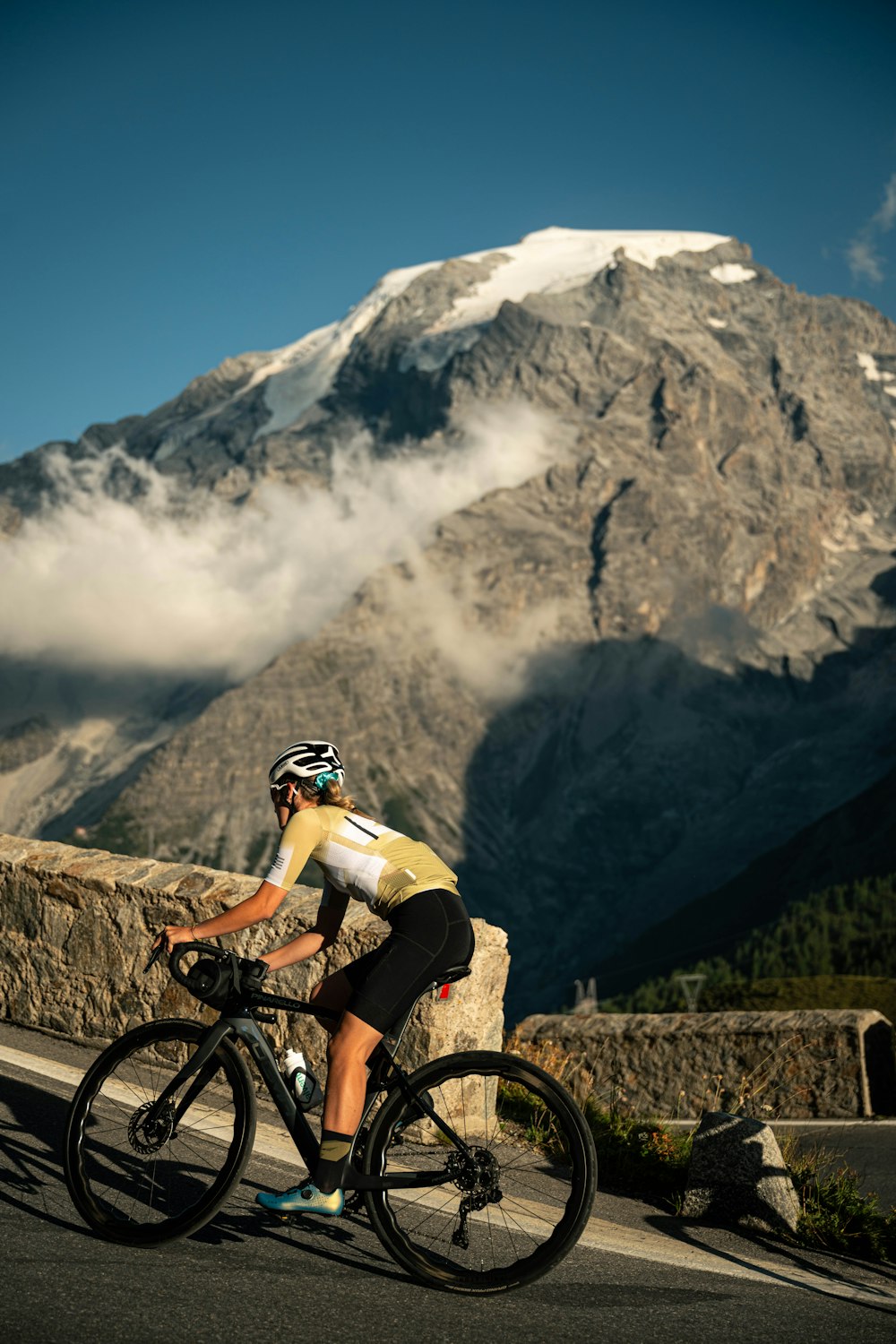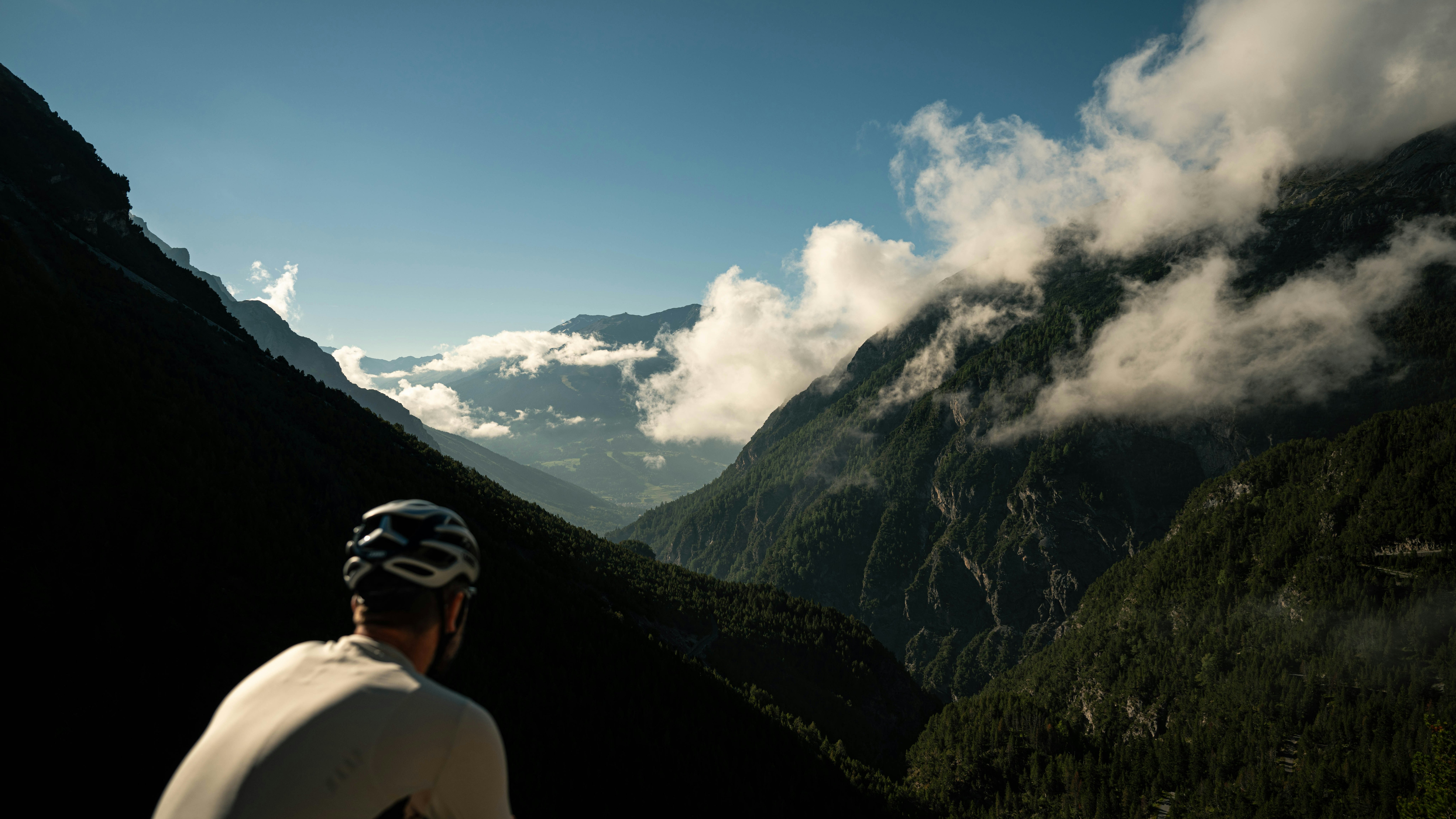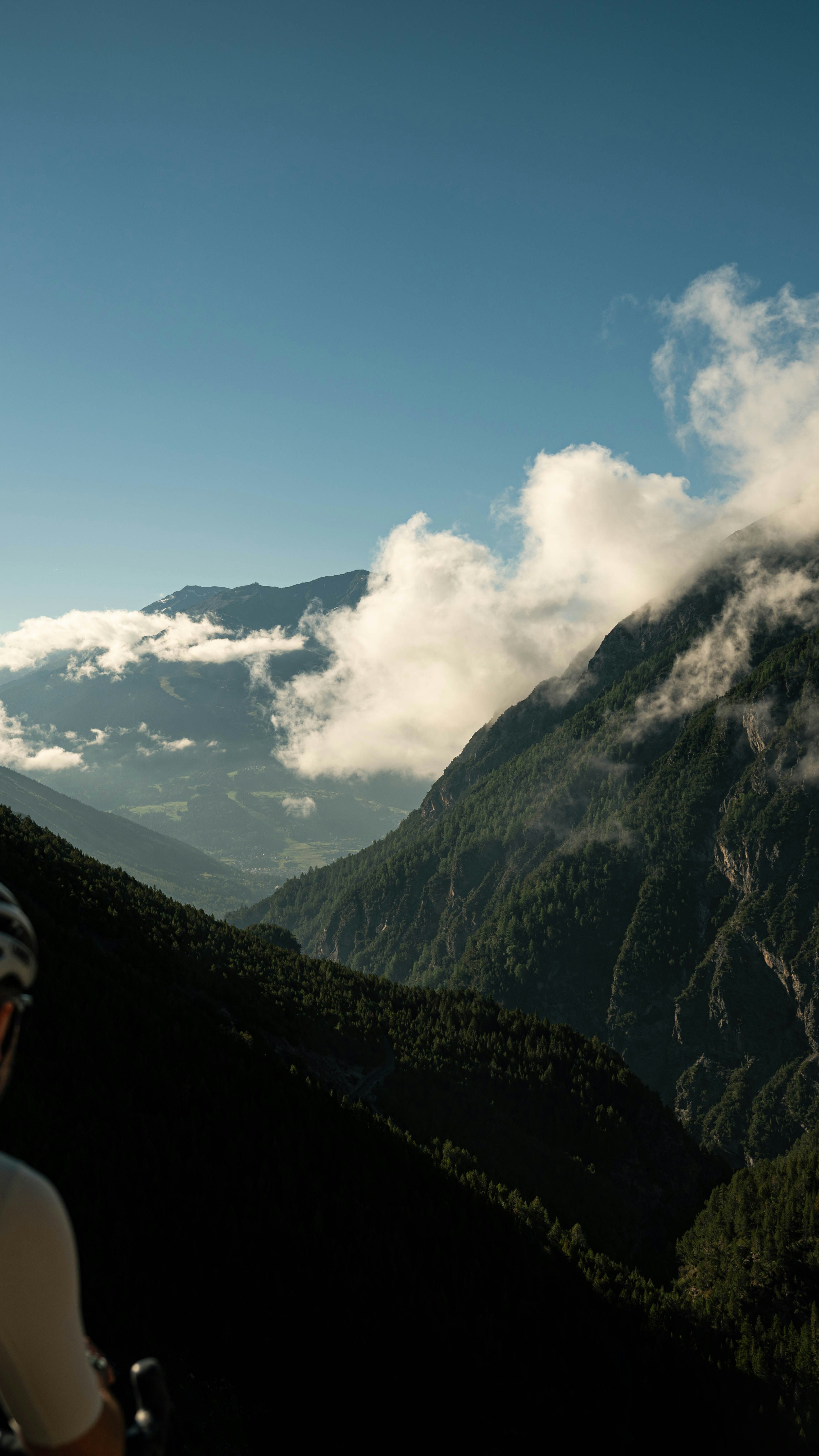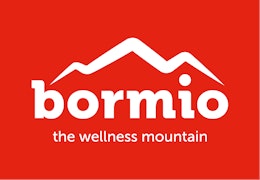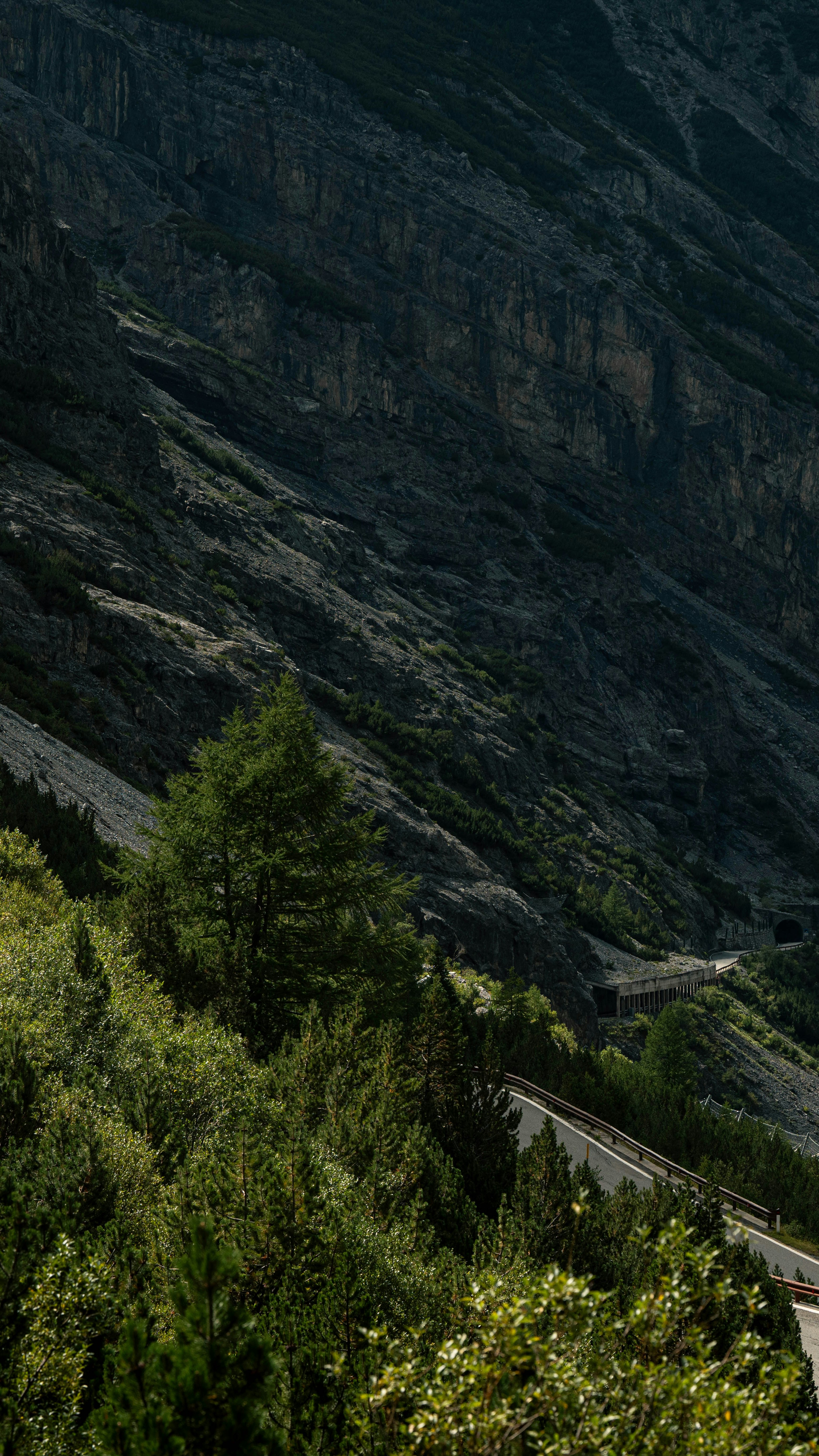
His majesty lo Stelvio
A celebration of His Majesty the Stelvio, the most emblematic Alpine pass in the whole world, through its four sides: three on road and one on gravel.
Period
May - Oct
Elevation difference
6806 m
Total Length
154 km
Duration
2 Days
S
Its name, Stelvio, resonates in a particular way in the minds of cycling fanatics like us. Images of a long climb with endless turns, where the asphalt can be turned into a boxing ring, with punches made out of pedal strokes. Of course, we all remember the glorious days of Fausto Coppi, Fausto Bertoglio or, more recently, Nibali. But underneath their wheels, the road devours everything, like a snake that reaches where snow walls have often replaced the barriers. We as cyclists travel from far away to claim a little bit of this asphalt nested in the Italian Alps. The Stelvio is an icon, but we tend to forget it was there even before cycling became a thing. In fact, the Stelvio road will be two hundred years old in 2025!
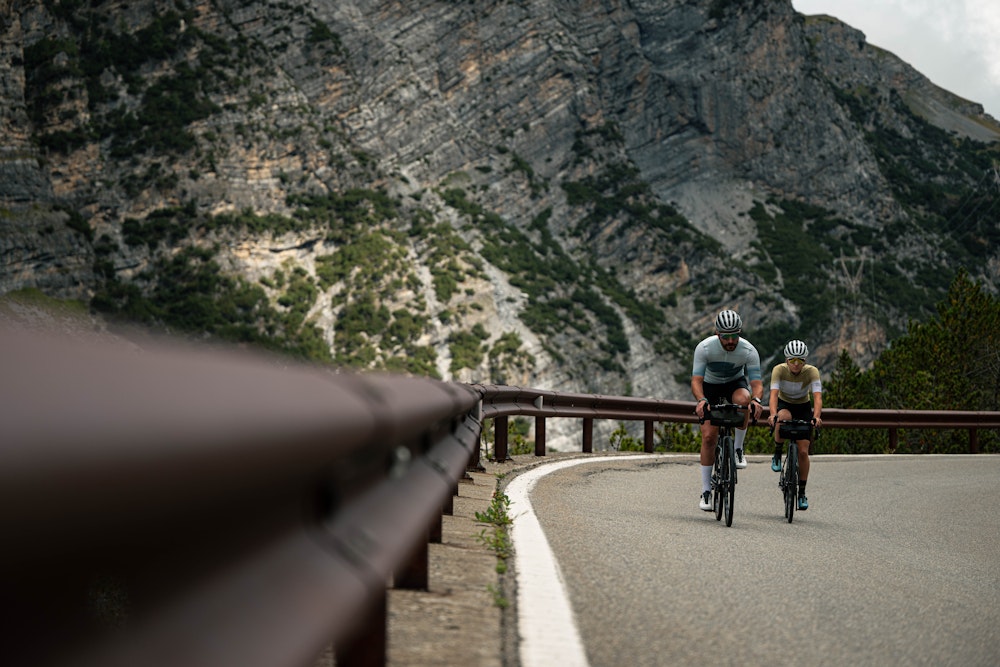
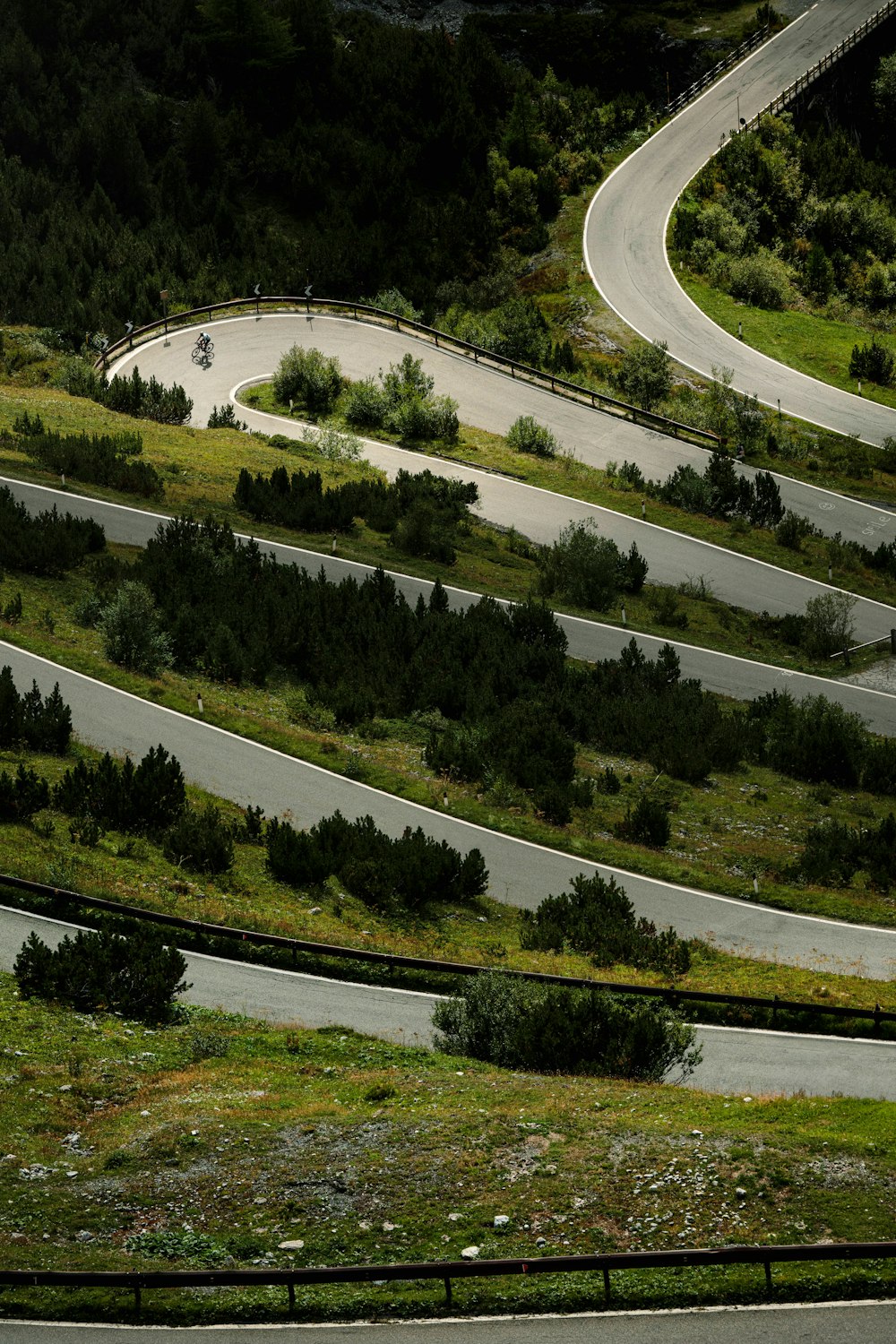
And this is where all its peculiarity lies. The double Stelvio, the most notorious one, is done from Bormio to Prato and back. The triple version pushes you towards Switzerland across the Umbrail Pass. To do the fourth Stelvio, you need to bring your gravel bike as you will discover its wildest face. You’ll likely have to add an extra day to your trip.
As you’ll probably have guessed already, using all the roads at our disposal to climb is the best way to pay tribute to this icon. When you start adding up the numbers, it turns out to be a hell of a challenge: 4.750m of elevation gain and 124 km on tarmac, 2.130m of elevation gain and 30 km on gravel. A start at 1.225m, a mountain pass at 2.758m, the highest mountain road pass of all Italy, the highest mountain road pass in Switzerland and a total of 123 hairpin turns on asphalt for the climb only (just double the numbers for the full loop). Our heads are still spinning!
Everything starts from Bormio, as the roadwork did in 1820. It’s easy to fall in love with this town, embedded in the mountains at the end of the Valtellina valley, and at the beginning of endless possibilities for bikers. Wandering around, we can witness the importance of the Stelvio road for the town. Every bar serves the local beverage, the Braulio, that we taste while contemplating old pictures of the road passing through the valley that gave it its name. Most shops and places here have these black-and-white pictures on their walls. It’s a relentless presence that pushes us to make comparisons between the present and the past. The best place to admire these old pictures is the shop Made in Valtellina. Lorenzo, an ex-photographer, has gathered a good selection of ancient pictures in a big book that looks like a grimoire straight out of the Middle Ages. He told us remarkable anecdotes, such as how the Stelvio pass used to be open during winter until after World War I. It's incredible to imagine horses and carriages challenging the cold, and how it must have been to clear the snow up there. After the First World War, the Stelvio has been closed during winter as it lost its strategic importance.
The journey begins from Bormio. The road starts off easy up to the first sharp turns that lead to Braulio Valley. This might be the most scenic start of all the three sides. We are stunned by the big and imposing rock face of the Corne del Palone, and by the Braulio stream below. However, this is not the best time to stop, as the first hairpin turns lead to five tunnels, the only ones found on the Stelvio. We ride by the first road worker's house, now in ruins. Four of these can be found along the road, some in a very good state, still proudly red as they were.
The Braulio waterfall comes up immediately after, close to the long series of steep hairpin turns. We stop a few turns below these and grab from our bags the picture that Lorenzo gave us. We try to spot all the differences between this picture from more than a hundred years ago and the landscape that lies in front of us.
We notice the most obvious things: no asphalt, fewer trees and no bar. We were told that the restaurant was created by a smuggler back then. The Stelvio Road was created first and foremost to connect places. In 1859 it turned into an essencial linking point between countries when it became an international borderline between Italy, Switzerland and Austria. After the easiest part of the climb, we pass by the war memorial and cover the last four turns that take us to one of the most famous places of the Stelvio: the road worker's house number IV and the intersection with the Umrbail Pass. Watching the old pictures, it looks like the line between past and present is blurred. Take some pencils to colour it in black and white, remove the carriage and add the bike: here we are, 150 years later.
At the top of the Stelvio pass, the story is quite different. A kind of Cours des Miracles has taken possession of it. Tourists have replaced the workers, shops have superseded the wheelbarrows, and in the background, the polished rock face has taken over the white ice of the glacier.
It’s time to tackle the iconic turns designed by a mad mind and descend towards Prato. It’s a challenge for the hands due to the relentless braking, and we better be focused, especially because of the traffic. There’s no time to enjoy the view of the mountains that take Germanic names: Pleisshorn, Stierberg, and the famous Ortler. We will have a chance to admire the view later on during the uphill as it will be slow and brutal. The rest of the road is less spectacular, but there is still a long way to go to reach Prato.
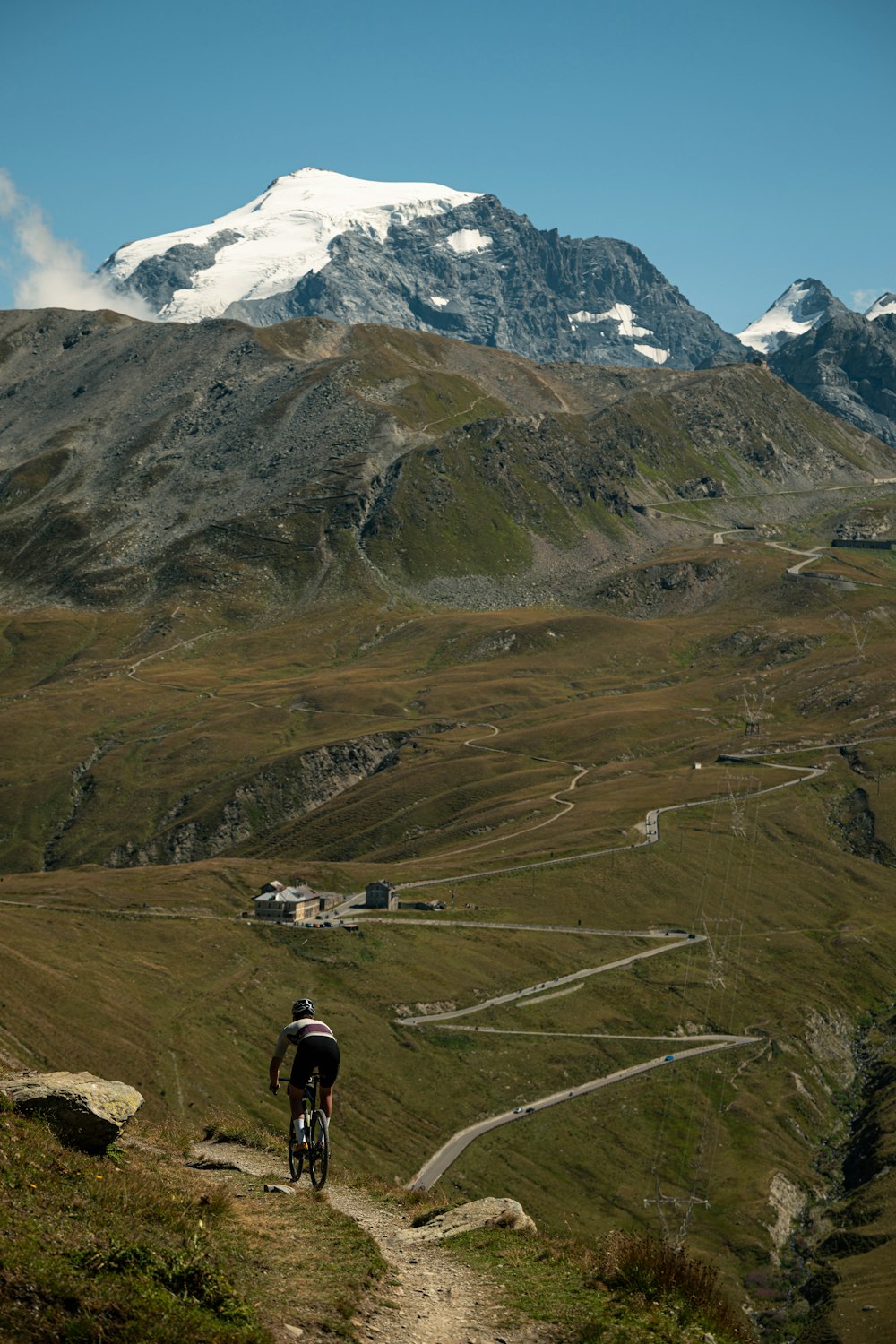
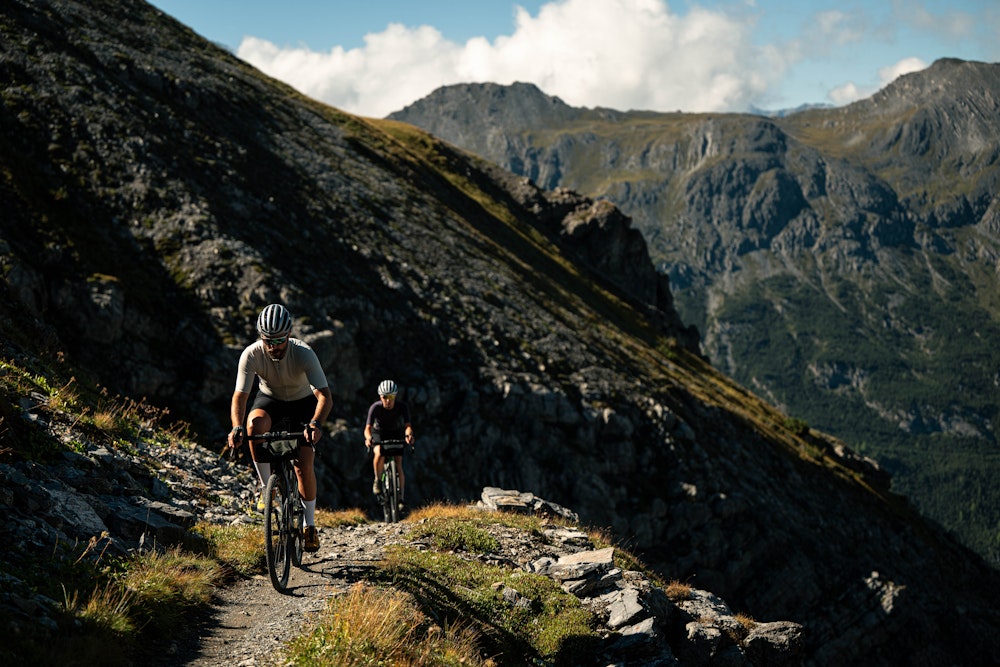
We follow the Gurglweg river, ride through a couple of villages, and then climb into the woods before finding ourselves out in the open. The turns seem even more impressive from down there. With the Alpengasthof Tibet Hütte restaurant in the background, it feels like being on the moon where the asphalt has been laid down in a futuristic past. Just after the pass, we take an alternative route and decide to ride the old road, abandoned because very exposed to avalanches during winter. We watch out for rocks but still take our time to enjoy the view. From there, we overlook the Umbrail Pass, to which we are heading now.
After passing the small outpost at the border, we start going downhill into Switzerland. The pass is beautiful but less impressive than its Italian counterpart. The asphalt is perfect, the turns flow and we can enjoy longer straight lines until Alpenrose Hotel. The hardest part of the Umbrail up and down remains its lower part with its steeper and tighter turns.
We find ourselves in Santa Maria, which gives us a good taste of life in Switzerland: peaceful, colourful and quiet. It’s time to go back to Bormio before it gets dark. As we go down from the Umbrail Pass, we can’t stop thinking about how beautiful this part of the road is. The Braulio valley sinks in between two rock faces, with the road on our left. We stop to have a look at this masterpiece. It represents the essence of the Stelvio road, a crazy line someone drew on a map, two hundred years ago, and decided to build it. It’s also the most enjoyable downhill portion of the ride: fast and never-ending.
Thankfully the local cuisine assists us in refurbishing all the calories we lost. Sciatt, Bresaola, and all sorts of cheeses are exactly what we need. The restaurant Vecchia Combo is the perfect place to end the day. Once again, we make sure to check out the ancient pictures displayed on the walls. A glass of Braulio closes the day, tomorrow is off-road.
We meet up early in the morning with Daniele, alias Stelvioman, at the Funivia Hotel. He’s the Stelvio expert, both on road and on gravel. Just after the Bagni Vecchi, we get off the main road, take a left turn, and start climbing towards Forcola Valley. As soon as we get out of the woods, we are welcomed by a stunning view of the Bormio ski resort that goes up to 3000m. We keep on ascending with a stunning view of the surrounding peaks of Solena and Sumbraida. The unlikely encounter with a shepherd on an old motorbike reminds us that people still work in these mountains.
The trail becomes gradually more technical, but also quite impressive: it looks like a small gravel ribbon, sometimes hanging on the side of the mountain, others winding over the alpine pastures and occasionally supported by partially collapsed stone walls. A lunar landscape slowly surrounds us as we reach 2700m of elevation. In front of us, we can spot an old military barrack from World War One. That’s where we are heading and this will turn out to be the most challenging part of the trip. Steep, loose dirt, loose rocks, solid rocks, rocks, rocks, rocks. We will have to push our bikes, but luckily not for too long.
We enjoy some well-deserved rest at the barracks, trying to imagine what it would have been like to live and fight here. We will ride past some concrete trenches before heading downhill using singletracks. Overlooking the road below, we have a unique panoramic view of the Valle del Gesso, the Stelvio Pass, and the magnificent Ortles summit. Behind us, peaks that are just as beautiful as the Dolomites.
From there, we get back on the road. The only variation we will make will be on the way down to Bormio, where we will take a small section of the old road that will take us closer to the river Braulio. After all, gravel is about enjoying all the possibilities encountered off the beaten path, is it not?
During its two hundred years of existence, the Stelvio road has been the playground of major events that went down in the history books, on and off the bike. After these days spent up there, it’s clear to us that this road is a major protagonist of these events. The Stelvio, from all sides, is a beast that can be both kind and brutal, that can show you mesmerizing scenery and punish you with harsh weather the next moment. It’s a great challenging ride. It is worth riding it for all the emotions you will feel on the bike, but also for what the Stelvio road is: one of the most amazing man-made achievements, created to connect people. Didn’t we also come to connect somehow with the legends of cycling?
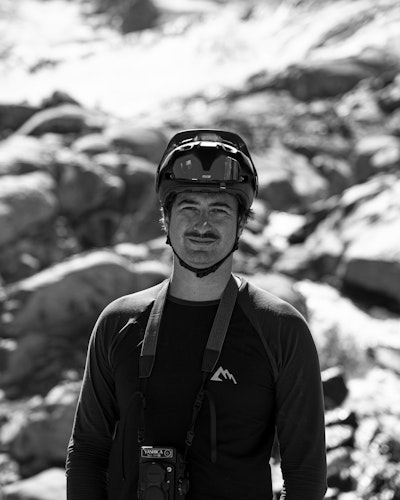
Texts
Ulysse Daessle

Photos
Ulysse Daessle
Cycled with us
Rebecca Rigamonti, Stefano Balatti
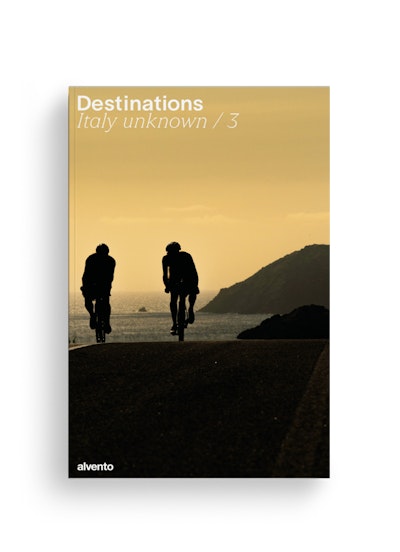
Questo itinerario lo puoi trovare sul super-magazine Destinations – Italy unknown / 3, lo speciale di alvento dedicato al bikepacking. 9 destinazioni poco battute o reinterpretazioni di mete ciclistiche famose.
